OVERVIEW
-------------------------------------------------------------------------------------------
The EMdrive is derived from a closed cylindrical microwave waveguide. The main difference is that one end is larger than the other. When RF is fed into the cavity and a resonance is achieved - according to Shawyer a thrust force will occur.
---
The first builds have not been summarized due to documentation cleanup process
---
EMDrive V3
===============================================
The V3 is a silver cavity build, fed by a fully controllable RF source capable of beeing tuned between 22 and 26 GHz.
The reflected power can be measured in amplitude and phase.
First measurements with acoustic vibrations (by OOK modulation of the RF source) show a force near the designed target resonance frequency. The last experiment is reproducible and shows clear signals. Further tests must be performed to check for directivity of the force.
PS: Many many thanx to all the people who gave us very helpful hints how to improve the system. It has been an exciting ride for us until now, and we hope to provide a functional Baby-EMdrive soon
Special thanx go to TheTravellerEMD, Marvin Macportain, Keegan Reilly, Aurelio Chargb Ramos
EMDrive V4
===============================================
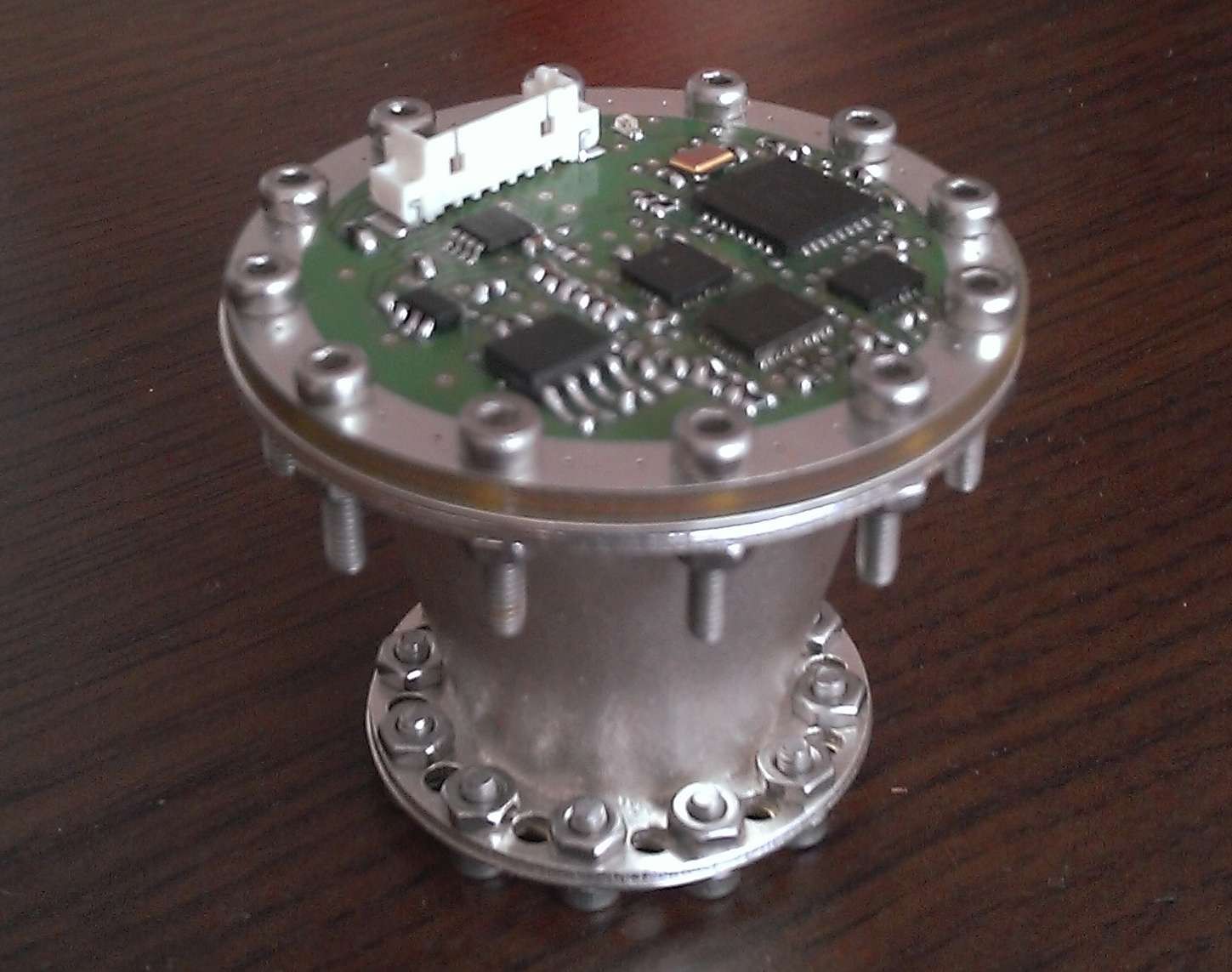
This build was a complete integrated version which has been tested at the TU Dresden with Prof. Tajmar.
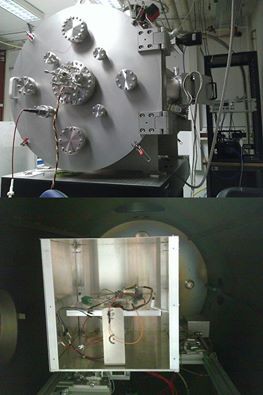
It should have been the flight version for our satellite in case the test would heve been more successful.
We had thermal issues during testing, with temperatures of the amplifier rising up to 90°C.
This led to a massive power derating in the amp.
We had to reduce power to keep the temperature low, so the final force was only slightly above the scale´s resolution.
Other effect like lorentz forces and thermal deformation had a significant pattern in the measure plot.
Tests have been made for 0°, 180° and 90°
Results are not for publilcation yet - we will perform further tests with version 5.
EMDrive V5
===============================================
This is a development unit - derived from the V4 - which is intended to be tested at TU Dresden. It has some improvements to solve the problems that we had during testing of the V4.
It has an amplifier with better efficiency and is well thermally coupled to the casing for better heat management.
The new silver cavity geometry has an improved shape based on a proposal in Shawyer´s actual patent paper.
This shape will ensure that the pathlengths of the reflected waves on the longitudinal axis of the cavity is always kept to a multiple of lambda/2 of the resonance frequency.
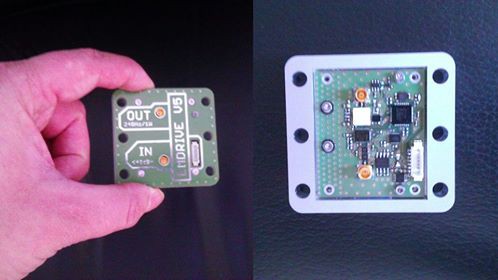
 Paul Kocyla
Paul Kocyla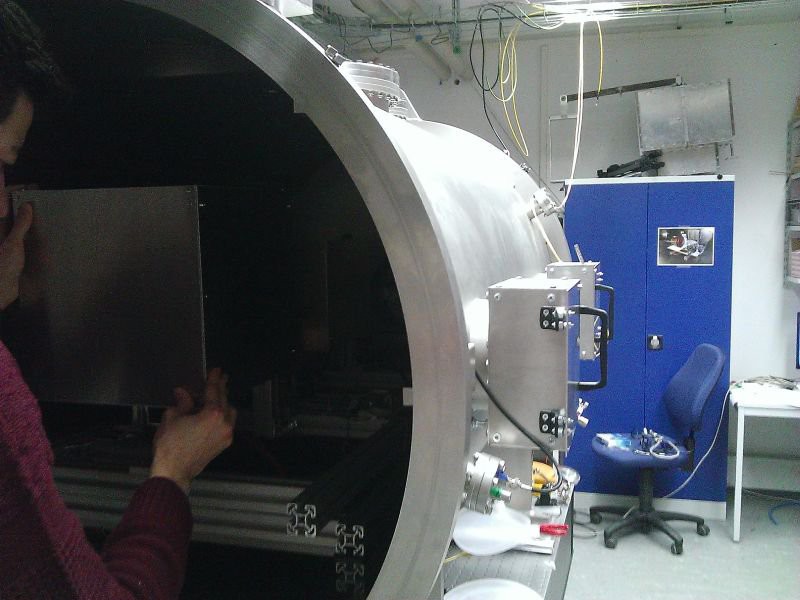
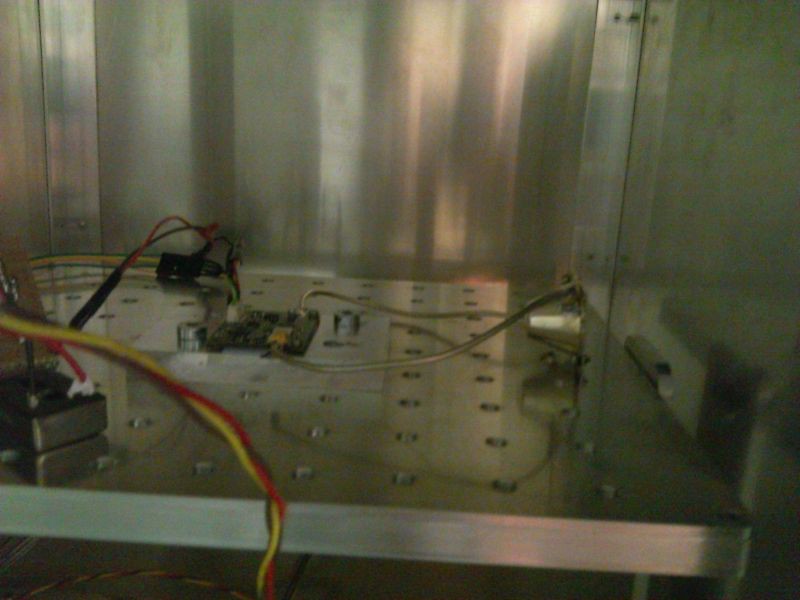 I am not allowed to publish detailed results, but some information upfront:
I am not allowed to publish detailed results, but some information upfront:

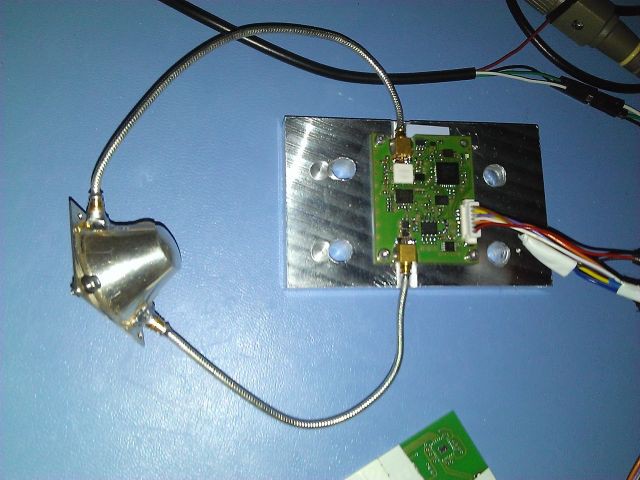
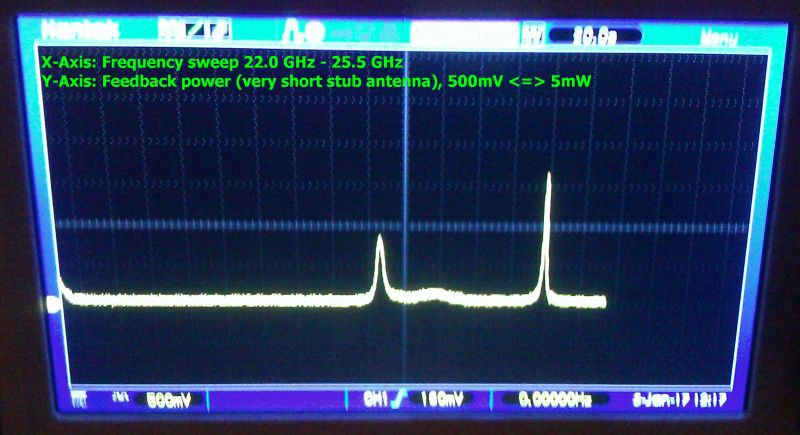
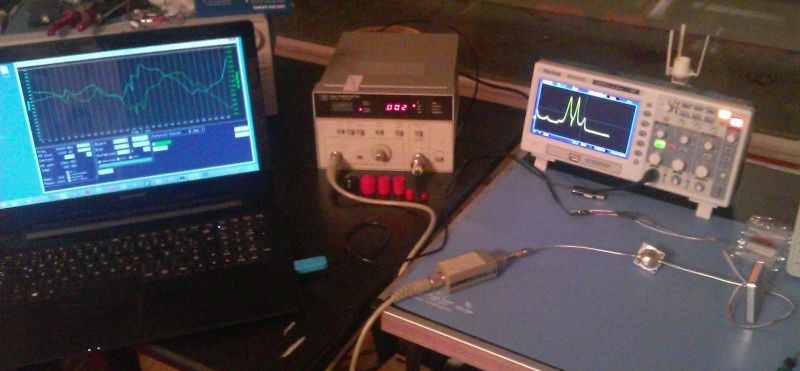
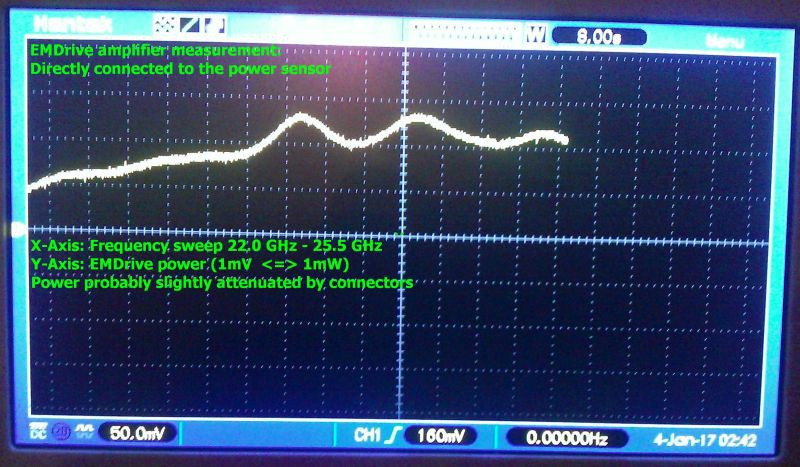
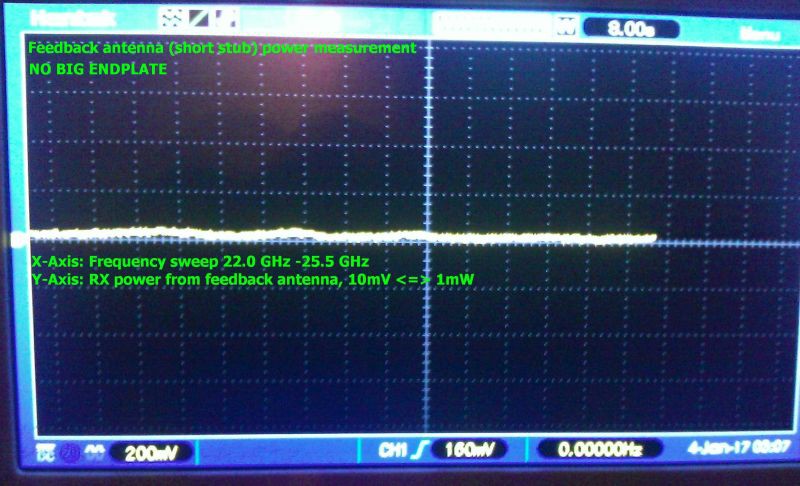
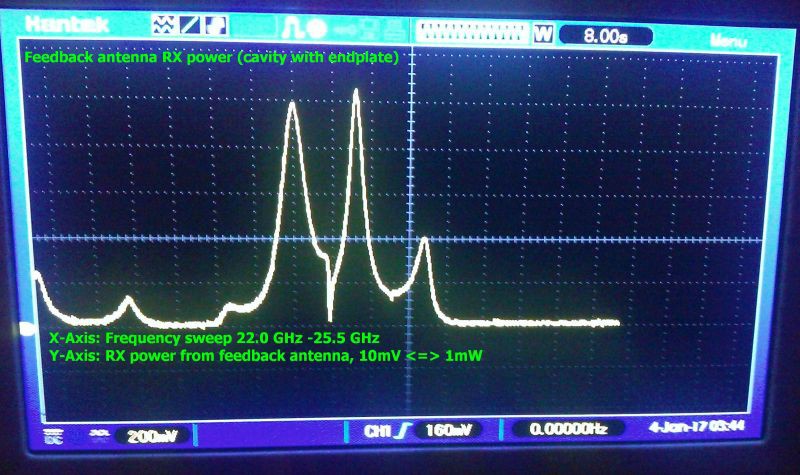
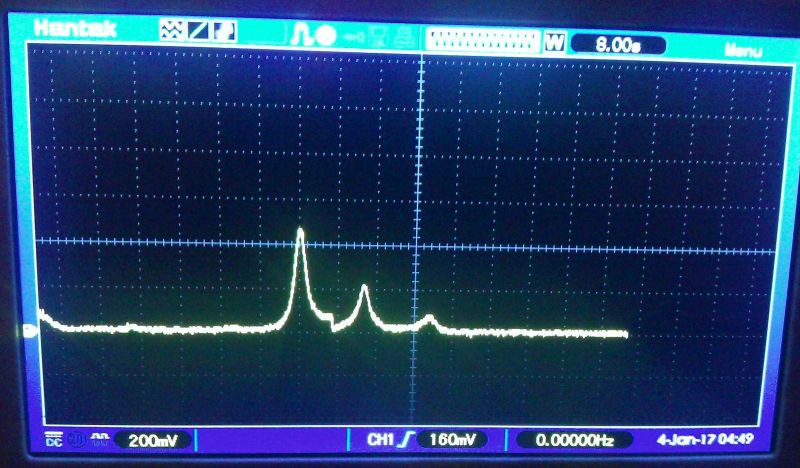
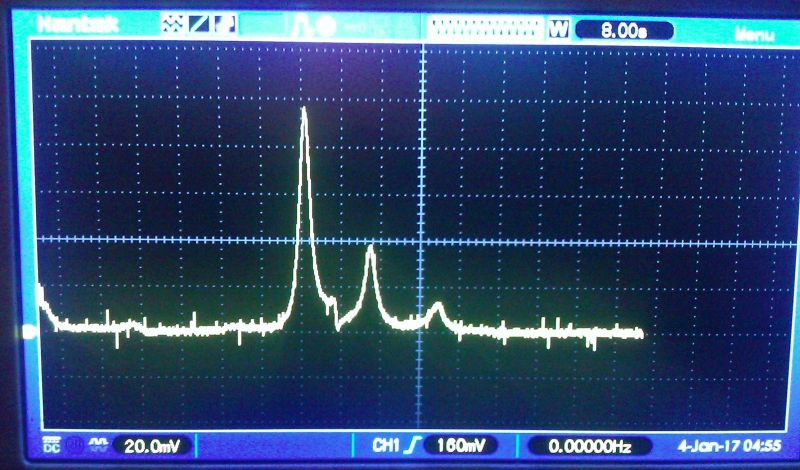
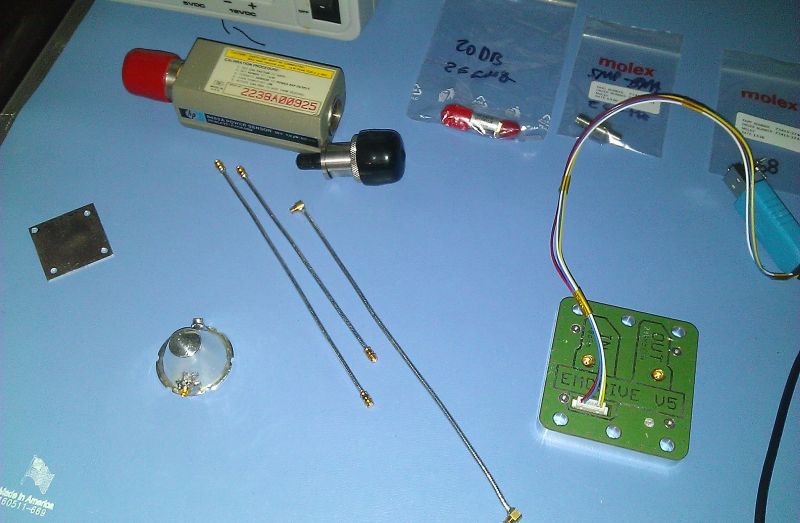

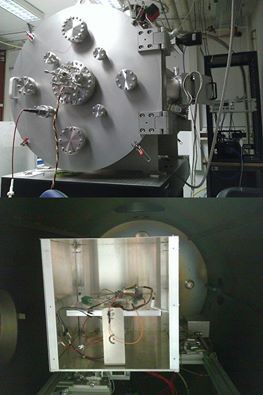
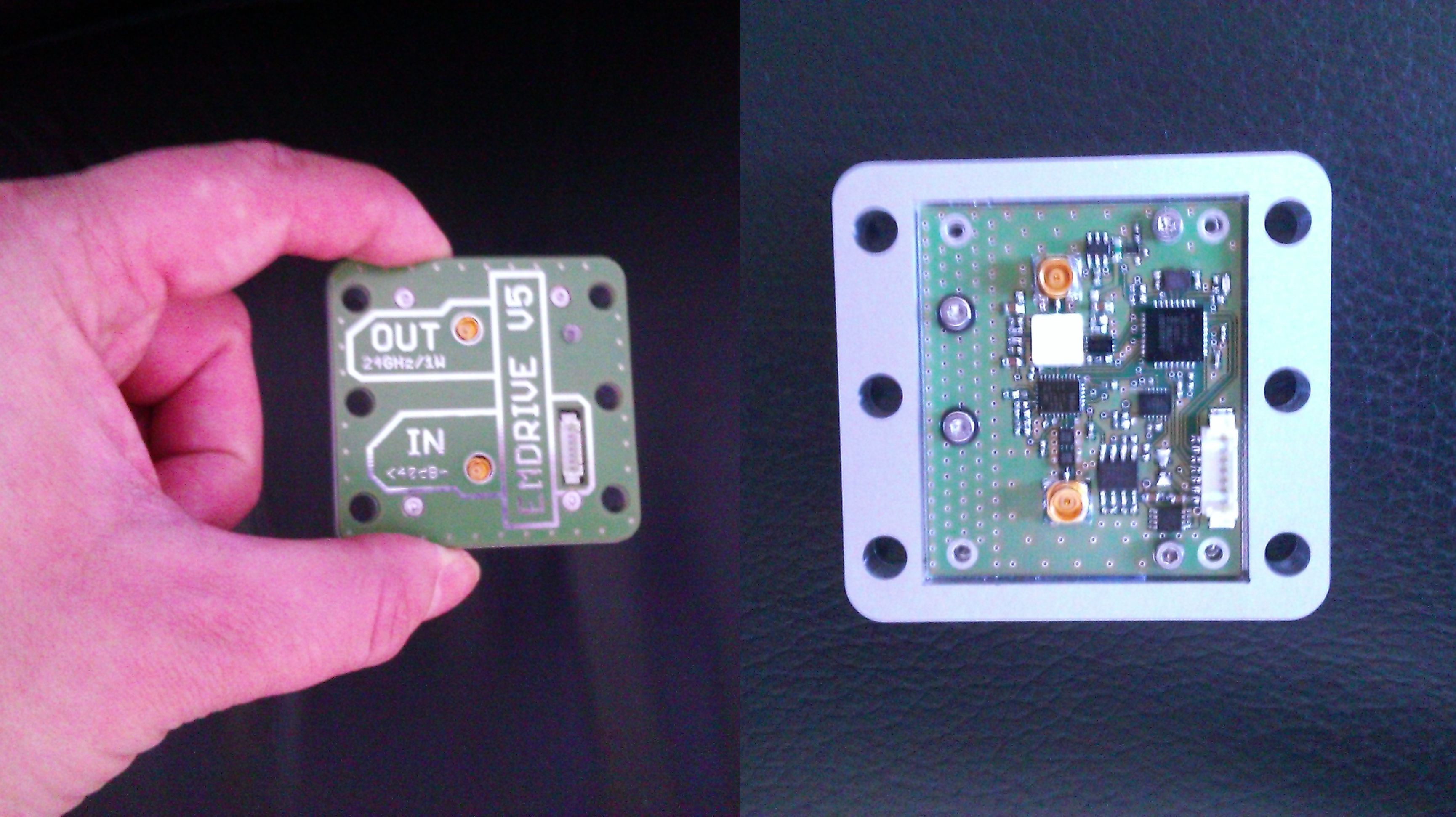



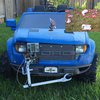
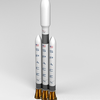






 Yohan Hadji
Yohan Hadji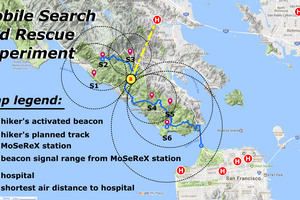
 hornig
hornig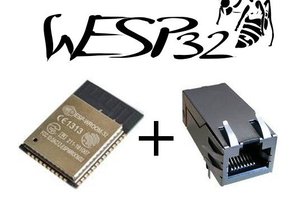
 Patrick Van Oosterwijck
Patrick Van Oosterwijck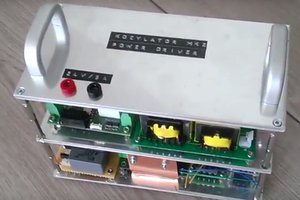
As I wrote at the NSF EM Drive forum, the ammonia molecule readily undergoes nitrogen inversion at room temperature. The resonance frequency is 23.79 GHz, corresponding to microwave radiation of a wavelength of 1.260 cm. The absorption at this frequency was the first microwave spectrum to be observed.
Ammonia has been used for Masers at 24 GHz for these reasons: to enhance the power of the signal, since ammonia emits at 24 GHz.
If using ammonia, please follow safety procedures:
Inhalation: Ammonia is irritating and corrosive. Exposure to high concentrations of ammonia in air causes immediate burning of the nose, throat and respiratory tract. This can cause bronchiolar and alveolar edema, and airway destruction resulting in respiratory distress or failure. Inhalation of lower concentrations can cause coughing, and nose and throat irritation. Ammonia's odor provides adequate early warning of its presence, but ammonia also causes olfactory fatigue or adaptation, reducing awareness of one's prolonged exposure at low concentrations.
Children exposed to the same concentrations of ammonia vapor as adults may receive a larger dose because they have greater lung surface area-to-body weight ratios and increased minute volumes-to-weight ratios. In addition, they may be exposed to higher concentrations than adults in the same location because of their shorter height and the higher concentrations of ammonia vapor initially found near the ground.
Skin or eye contact: Exposure to low concentrations of ammonia in air or solution may produce rapid skin or eye irritation. Higher concentrations of ammonia may cause severe injury and burns. Contact with concentrated ammonia solutions such as industrial cleaners may cause corrosive injury including skin burns, permanent eye damage or blindness. The full extent of eye injury may not be apparent for up to a week after the exposure. Contact with liquefied ammonia can also cause frostbite injury.
Ingestion: Exposure to high concentrations of ammonia from swallowing ammonia solution results in corrosive damage to the mouth, throat and stomach. Ingestion of ammonia does not normally result in systemic poisoning.